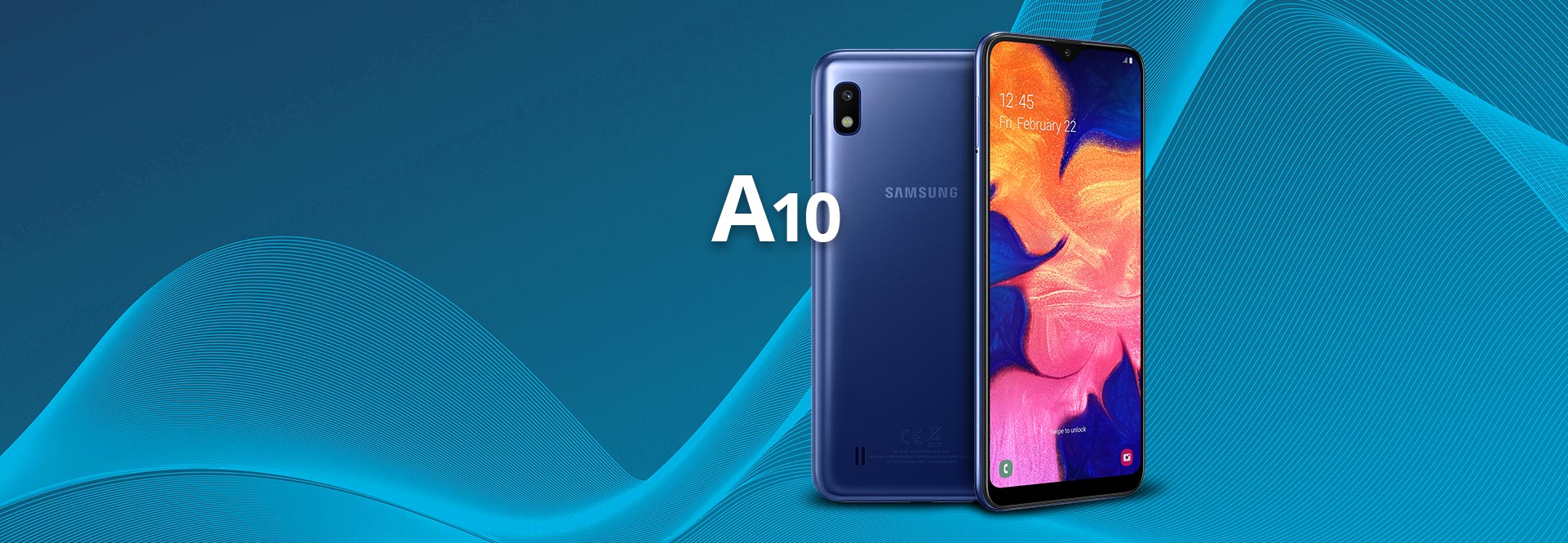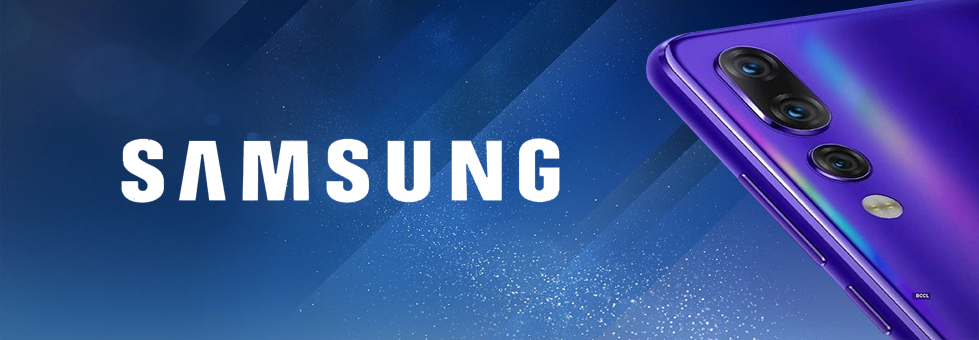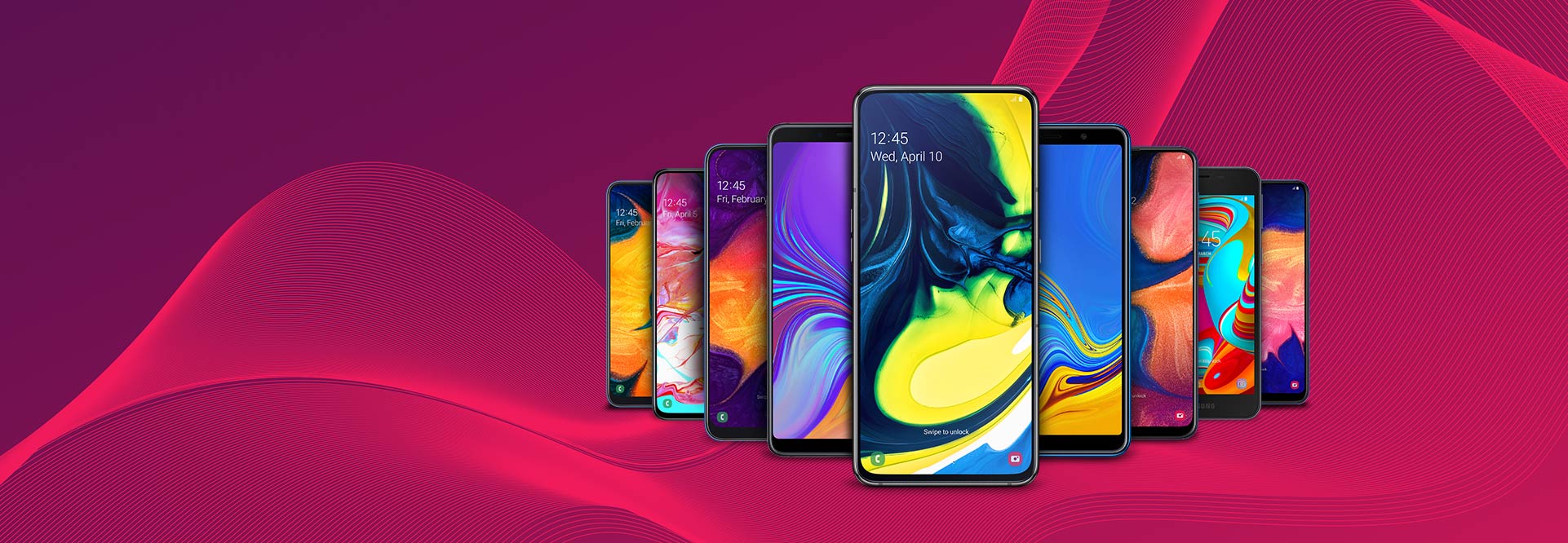Samsung Galaxy A10 Review
Staff Writer / 10-02-2020 / Reviews
Samsung recently announced the new Galaxy A Series, which is supp osed to propel them even further and provide more great smartphones for consumers at more affordable prices. These devices contain major improvements on essential features compared to the previous J series. The Samsung Galaxy A10 is the smartphon e for those who want the features of a high-end device at a fraction of the cost.
Under the Hood
The Galaxy A10 has an Octa-Core processor running Android 9.0. Switching apps and zooming in on large photos is a snap, with the device responding without lag, which will make the A10 a pleasure to use. It comes with 32GB of internal memory with the ability to slot in a memory card of up to 512GB.
Screen and Body
The entire A series from Samsung have done away with bezels on the front of the phone. The A10 shares that design aesthetic, which gives it a premium look and feel. It has the 6.2-inch infinity display, which offers a great viewing experience, especially when you’re streaming videos. The device is a slender 7.9 mm thick and weighs only 168 grams, which means it’s lightweight and easy to handle. It’s available in Blue, Black or Red with a glossy plastic finish.
Battery
The A10 features a standard 3400mAh battery, which means it could last you an entire day on a full charge, depending on how often you use the phone and the apps you use frequently throughout the day.
Camera
The Galaxy A10 is fitted with a 13MP rear and a 5MP front facing camera. These will turn any scene into a portrait with just a tap of a button. You can improve your photos further by using the on-board AR stickers, stamps and filters, which are a lot of fun and add a personal touch to your photos.
Features
Locking and unlocking your smartphone used to be a tedious task by having to enter a secure PIN or pattern that could easily be hacked. The A10 offers you personalised protection with facial recognition technology. All that’s needed is for you to look at your phone to gain access to the device. With the Galaxy A range, you can also seamlessly experience the Samsung Galaxy ecosystem using services such as Samsung Health, Samsung Members and the Bixby voice assistant, which gets better by the day and could soon give Apple’s Siri and Google’s Assistant a run for their money.
Verdict
The Samsung Galaxy A series was created to make smartphones more affordable and give people more value for money. The Galaxy A10 achieves both these goes that to an impressive line-up of features and a price tag that won’t dent your budget.
Compare our incredible Samsung Galaxy deals right here.







